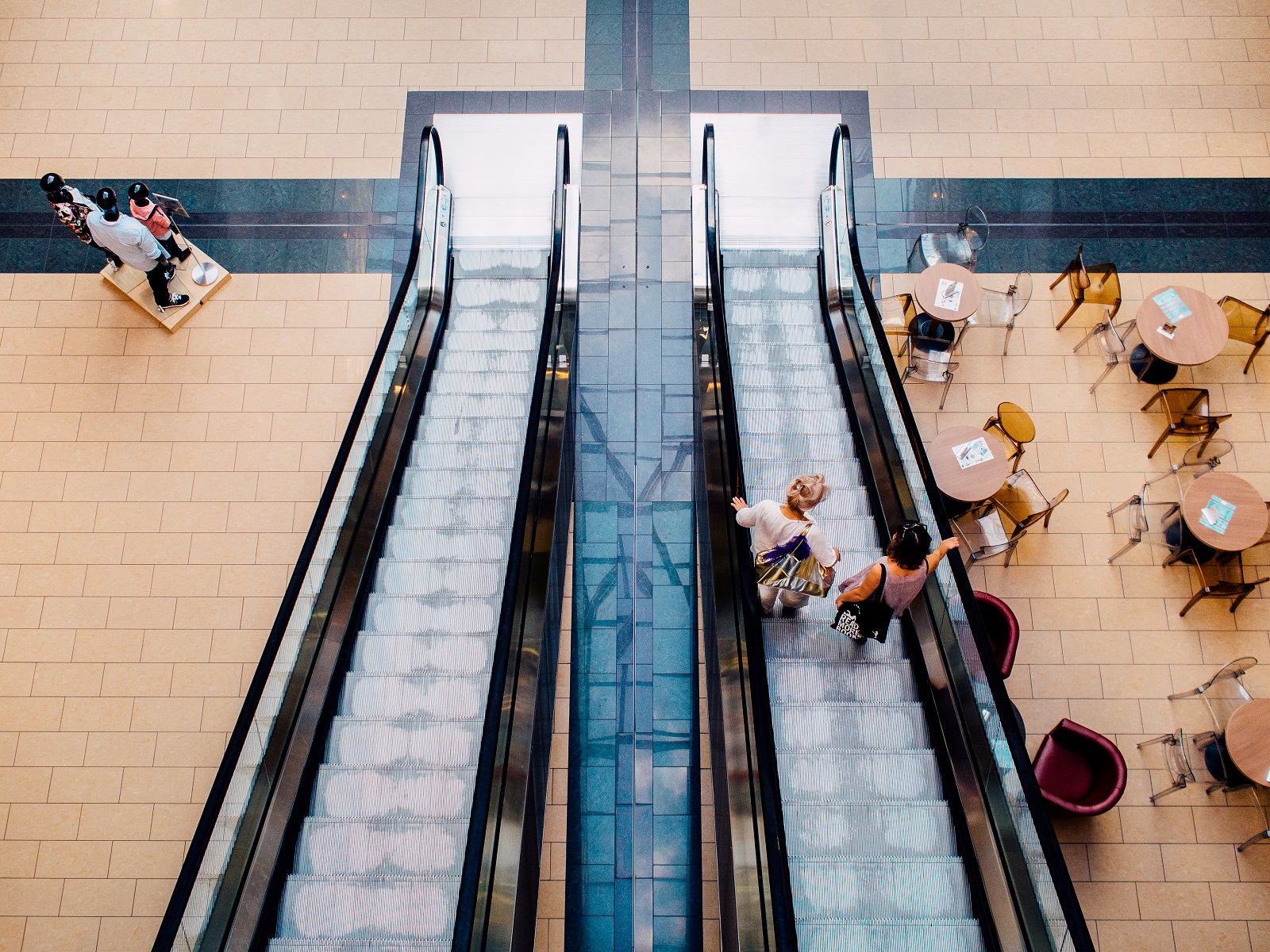
By Dr. Sarah Montano, Senior Lecturer in Marketing
Birmingham Business School, University of Birmingham
Throughout the pandemic, retail has been classified into essential and non-essential – and shopping as a leisure activity has been quite restricted since Christmas 2020. In early January 2021, all non-essential retailers once again had to close their doors.
After four months of a third lockdown, on 12th April, non-essential retail in England, was allowed to re-open with COVID safety restrictions in place e.g. the wearing of face masks and social distancing. In contrast to the re-opening of retail after the first lockdown, this time close personal services such as hairdressers and nail bars have also been able to open, which has encouraged many customers to return to stores. Outdoor hospitality has also been allowed to open with customers seeking beer gardens and outdoor café seating.
Customers are back!
The vaccination programme is well underway with over 33 million people receiving their first dose and over 11 million their second, which may give consumers more confidence about returning to their local high streets and town centres. As customers return, retailers are predicting a large increase in sales due to pent up demand. Week commencing 12th April, visits to Central London were up 124% on the previous week and there were queues to be seen at many Primarks across the country. So, what did customers buy when they returned? Homewares have proven popular, as you can finally sit on the sofa in store to test if it’s comfy! As consumers think of meeting others to socialise outdoors, sales of fashion for going out surged in contrast to the habit of wearing loungewear for the last year!
Looking Different
Despite the keenness to rush back to the high street and town centres, we should not forget that 2020 and the start of 2021 have been one of the most difficult times for retail, with sector losing almost 190,000 jobs due the COVID outbreak. It is also predicted that another 200,000 retail jobs may be at risk. As we go back to town centres, we will notice that familiar brands are no longer there such as Topshop, Debenham’s and even John Lewis closing a number of their stores, including their Birmingham Grand Central branch. Perhaps some new stores are emerging for example, we may see many more Amazon Fresh stores in our city centre as Amazon seeks to expand. There have also been some changes, and we are certainly seeing an increased use of technology in stores, partly as a response to COVID and increased safety, but also to enhance the shopping experience and make shopping easier and more engaging.
What does the future look like?
In conclusion, many consumers are enjoying the return to stores even though there may be some trepidation that lockdowns may re-occur. However, the spending data and footfall shows us that customers are keen to return and perhaps the shape and size of our local high streets may change for the better. After years of decline, as people continue to work from home, customers are back to loving and using their local amenities so hopefully, we will see a local retail success.
Will we give up online shopping – no – the data shows that even in 2020, when stores re-opened customers have still kept on online shopping as well as returning to physical stores. There will always be a place for the retail experience that cannot be replicated online – so those retail products that are tricky to buy online will do well. After a hard winter in lockdown, it seems that customers deserve a summer of social shopping and dressing up to meet others.
This article is exploring retail in England as opposed to the entirety of the UK.
The views and opinions expressed in this article are those of the author and do not necessarily reflect the official policy or position of the University of Birmingham.
